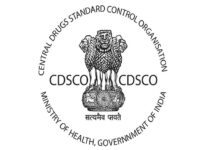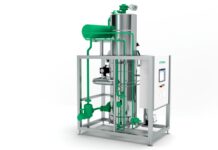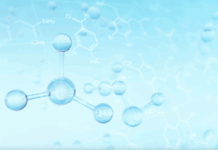The Indian pharma sector has seen 8% CAGR growth and at the same time has witnessed a 9% rise when it comes to export rates in 2024, as per one of the reports. McKinsey & Company’s report has shown that the pharma sector in India happens to be witnessing very fast growth as far as production is concerned. By way of broadening its capabilities when it comes to APIs & biotechnologies, the Indian pharma sector has seen 8% CAGR growth, which, by the way, is twice the worldwide average.
Apparently, India has also gone on to emerge as the largest supplier of generic medicine in the world with a 9% pharma rate of growth, which is almost double the world average. As of now, India goes on to meet 20% of the demand across the world. This happens to include more than 40% of generic medicines getting supplied across the US and also 25% through to the UK. India also supplies more than 60% of the overall vaccines of the world and 70% when it comes to HIV treatment’s global antiretroviral drug.
There are also further reports that showcase that the country is also ahead of the times as far as some emerging modalities such as cell and gene therapies, mRNA, and antibodies are concerned. All these are witness to a 13-14% CAGR growth, which, by the way, has surpassed the conventional growth in drugs.
Importantly, the pharma sector in India has seen a surge in the number of US Food and Drug Administration – USFDA registered generic manufacturing locations. In 2024 alone, the country happened to have a network of 752 FDA-approved, 2050 WHO GMP-certified, and 286 EDQM-approved units.
The fact is that there has indeed been a very sharp enhancement when it comes to compliance outcomes in the past many years. The indices concerning – official action indicated, or OAI, after the USFDA inspection have dipped by 50% between the last decade, right from 2013-14 to 2023-24.
The Indian pharma sector has also seen a rise when it comes to green manufacturing initiatives, wherein 10 out of the top 20 pharma companies have pledged more than 30% in terms of emissions reduction by the end of this decade. In spite of all the growth that has been seen, the sector still faces some very hard-hitting barriers as it goes on to reach a tipping point.
There have been disruptions such as digital transformation and smart automation and also the growth of new treatment modalities that could as well reshape the pharma ops. Geopolitical shifts, rising sustainability demands and also nearshoring trends – all pose quite a potential risk, says the report from McKinsey.
It is worth noting that the Indian pharma sector stands the test of time today because it has gone on to build over the last decade. With some of the major disruptions that are there on the horizon, it is indeed very critical for the industry to take into account such kinds of strategic themes and fundamentally shift the operating model so as to unlock a future that’s driven by high performance.


















